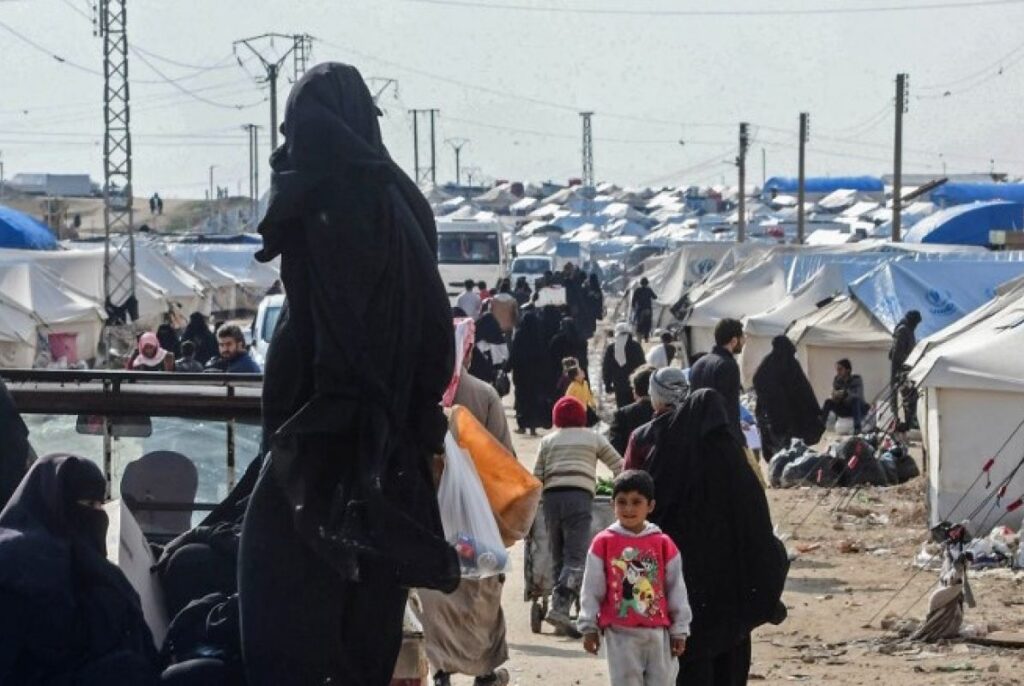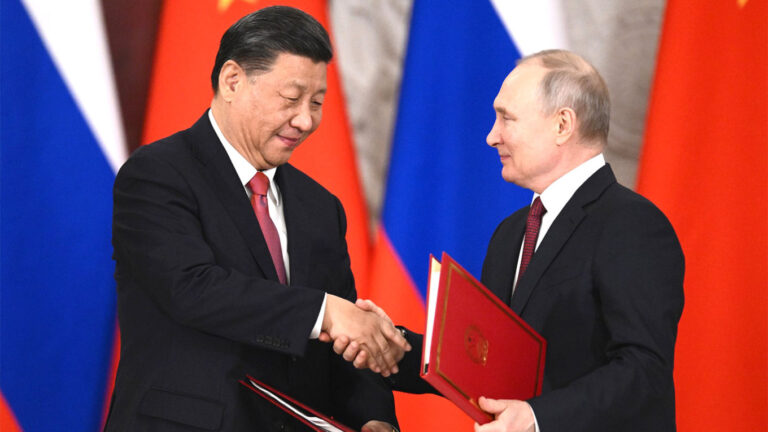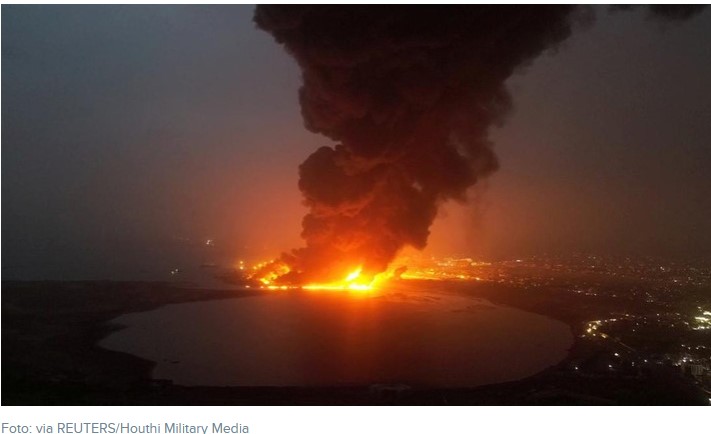
STRATEGIC ASSESSMENT. The economy and population of Afghanistan have suffered substantial setbacks and hardships since the Taliban returned to power in August 2021. In an early August interview with U.S. media, former president Hamid Karzai, who remained in Taliban-run Afghanistan as a mediator and adviser to the Taliban, stated: “In terms of the economy of the country, it’s a disaster. In terms of Afghans leaving their own country, it’s a huge disaster and a shame upon us. And this is something that the Taliban have to address.” Yet, in the same interview, Karzai refers to factors that are mitigating the economic decline, stating that: “…there’s more stability, there’s more security… [than there was prior to the Taliban’s return to power].” This can also be attributed to the reduction in attacks on civilians and public spaces once the Taliban became a de facto governing power.
Karzai’s comments frame the major challenges – as well as opportunities – facing Afghanistan’s economy under Taliban rule. The collapse of the U.S.-backed government triggered an abrupt cutoff of more than $8 billion per year in international security and economic aid – equivalent to 40% of Afghanistan’s gross domestic product (GDP). As a result of the international aid reduction, Afghanistan’s GDP has shrunk by more than 20% in the past year. As aid groups and international donor countries have ended many of their infrastructure projects and other programs, many Afghans have lost jobs and livelihoods as businesses have closed or downsized and social services have been decimated. The banking system has been largely shut out of the international financial system, complicating efforts by Afghan citizens to access foreign currency and funds in their accounts.
Hundreds of thousands of people have left the country, and Afghan government agencies have been shorn of managerial and administrative talent. Further, policies limiting women’s economic participation and barring girls from secondary school result in dire economic consequences in both the immediate and long-term. According to the United Nations Development Programme (UNDP), the Taliban’s decision to restrict women’s economic participation is estimated to cost Afghanistan’s economy up to $1 billion, or 5% of its GDP. Further, failure to invest in girls’ education – half the country’s human capital – costs Afghanistan 2.5% of its annual GDP, stymieing future economic recovery and growth. Most experts assess that there is no prospect for the economy to resume high growth – let alone recover to pre-2021 levels – without drastic changes in Taliban governance.
The rapid reduction of international aid and economic output has put more pressure on aid agencies to help vulnerable Afghans. Poverty and hunger have greatly worsened: up to 70% of the population, according to a World Bank survey, is now unable to afford food and other necessities, and many Afghans would starve in the absence of humanitarian assistance. U.N. cash infusions, on the order of $1 billion to $1.5 billion per year, plus another roughly equal amount of non-cash humanitarian aid transfers, are essential both for human survival and for maintaining even a modicum of economic stability. Recognizing the perilous conditions facing many Afghans, the United States, United Nations, and other donors have relaxed sanctions that preclude aid to regimes labeled as supporters of terrorism. At this time, there is no exemption or reprieve for humanitarian assistance in the UN 1267 sanctions regime; however, the significant breakthrough in the Taliban sanctions achieved last December highlights the importance of ensuring opportunities for continuing the delivery of impartial humanitarian assistance even in contexts where designated terrorist groups and individuals are operating. In the United States, a series of U.S. Treasury announcements, culminating in General License 20 in February 2022, clarified that, even though the United States continues to designate the Taliban as a terrorist entity, existing sanctions do not apply to Afghanistan as a jurisdiction, the Afghan government or government agencies, and public and private banks or firms. On the other hand, the United States has frozen about $7 billion of Afghan Central Bank assets, reserving up to half of that amount to potentially pay court judgments awarded to the families of the September 11, 2001 attacks on the United States.
Taliban leaders have cited U.S. sanctions and asset freezes as major contributors to the economic difficulties facing the country. Yet, the death of al-Qaeda leader Ayman al Zawahiri in an August U.S. drone strike in Kabul, will ensure that the Taliban remains widely identified as a terrorism-supporting regime. Zawahiri’s presence in a comfortable neighborhood of Kabul and in a house reportedly owned by an ally of Sirajuddin Haqqani, himself a designated individual (TAi.144), reaffirms many experts’ assessment that ties between the Taliban and al-Qaeda remain strong. The apparent Taliban refusal to decisively break with al-Qaeda will likely deter the few sources of foreign investment that may have been considering the risky move. At a minimum, the Taliban’s noncompliance with the Doha Agreement will increase future political opposition to targeted sanction reductions, like General License 20.
Despite the inexperience and counterproductive policies imposed by the Taliban, isolated examples of sanction relaxation appear capable of stabilizing – though not necessarily reversing – the economic decline. As is to be expected, after the Taliban seized power and ended its insurgency, attacks in the country dropped off, opening previously isolated parts of the country to economic opportunity. The improvement in security in some parts of the country brought about by the Taliban victory and the end of major fighting has benefitted many businesses and individuals, even as the Islamic State Khorasan (IS-K) insurgency continues in eastern Afghanistan. Roadside bombs and ambushes are no longer a constant fear and mobility within the country has significantly improved. Many of the checkpoints, which had previously slowed traffic and allowed local commanders to elicit bribes for passage, have been made obsolete by the improved security environment. Additionally, the Taliban have dramatically reduced corruption in the collection of customs duties. As a result, the overall burden on the private sector has been reduced, and formal tax receipts have not declined in proportion to the contraction of the overall economy. On the other hand, the Taliban’s announcement of a strict ban on drug production and trafficking – also a hallmark of its 1996-2001 rule – threatens to take away the livelihoods of hundreds of thousands of rural farmers. It remains to be seen, however, whether the ban will be fully implemented. Whereas the Taliban regime appears slightly more pragmatic than its previous incarnation, it is not clear that Taliban leaders are willing to make the necessary reforms to secure the international investment and assistance needed to reverse the economic decline. Such steps, like breaking decisively with al-Qaeda and adhering to international standards of human rights and in particular, women’s rights, are not yet priorities for the regime’s dominant factions. Meanwhile, the human suffering continues largely unabated (TSC).





